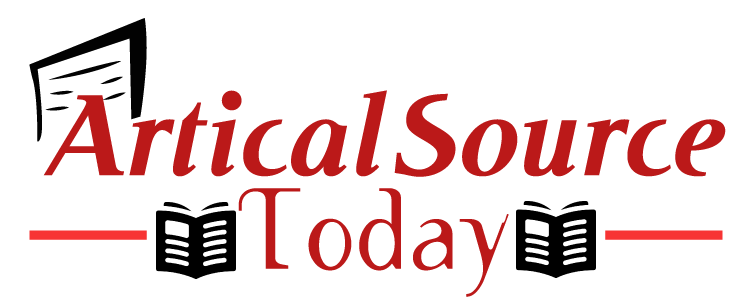HTML and CSS Basics: What You Need to Know

In the world of web development, HTML and CSS are the dynamic duo that brings websites to life. HTML (Hypertext Markup Language) lays down the structure and content of a webpage, while CSS (Cascading Style Sheets) adds the flair and aesthetics.
Imagine HTML as the skeleton and CSS as the skin and clothes of a website. HTML provides the fundamental structure, using tags to define different elements like headings, paragraphs, images, and links. CSS swoops in to style these elements, deciding how they look, their colors, fonts, sizes, and positioning on the page.
Without HTML, a web page would be a chaotic mess of text and media with no structure or organization. Likewise, CSS adds the visual appeal, making the webpage aesthetically pleasing and user-friendly.
Let’s learn the HTML CSS basics:
HTML Basics
HTML, or Hypertext Markup Language, serves as the backbone of web pages, providing the structure and content that users interact with.
At its core, HTML employs a straightforward syntax based on tags and attributes.
Tags are enclosed in angle brackets < >, with most coming in pairs consisting of an opening tag and a closing tag. These tags encapsulate content and define its purpose on the webpage.
- Basic HTML Tags
When learning HTML coding basics, You’ll find that HTML encompasses a wide range of tags, each serving a specific function in organizing and presenting content. Some of the fundamental HTML tags include:
- <h1> to <h6>: These tags denote different levels of headings, with <h1> representing the highest level of importance and <h6> the lowest.
- <p>: The paragraph tag is used to designate blocks of text, providing structure to written content.
- Various Sectioning Tags: HTML offers sectioning tags such as <header>, <footer>, <nav>, <section>, <article>, and <aside>, which aid in dividing the webpage into semantically meaningful sections.
- HTML Attributes
HTML attributes provide additional information about elements and are included within the opening tag. Attributes modify the behavior or appearance of an element, enhancing its functionality or accessibility. Common attributes include class, id, src, href, alt, and title, among others.
CSS Basics
- Styling with CSS
CSS, or Cascading Style Sheets, complements HTML by controlling the presentation and visual aspects of web content. CSS enables developers to apply styles to HTML elements, defining properties such as color, size, layout, and positioning.
CSS syntax revolves around rulesets, which consist of selectors and declarations. Selectors target specific HTML elements, determining which elements the styles should be applied to. Declarations, on the other hand, specify the style properties and their corresponding values.
CSS properties encompass a broad spectrum, ranging from basic attributes like color and font-size to more advanced features such as animations and transitions.
- Various CSS Selectors
CSS offers an array of selectors to target elements based on different criteria. Some commonly used selectors include:
- Type Selectors: Target elements based on their HTML tag name.
- Class Selectors: Target elements with a specific class attribute.
- ID Selectors: Target elements with a specific ID attribute.
- Descendant Selectors: Target nested elements within other elements.
- Pseudo-classes and Pseudo-elements: Target elements based on their state or position within the document.
- Browser Developer Tools
Browser developer tools serve as indispensable aids for web developers, facilitating the inspection, debugging, and optimization of web pages. These tools provide a plethora of functionalities, including element inspection, style modification, JavaScript debugging, network monitoring, and performance analysis.
By leveraging browser developer tools, developers can streamline their workflow, diagnose issues efficiently, and enhance the overall quality of their web projects.
Conclusion – How You Can Learn Basics of HTML and CSS
Do you want to learn HTML and CSS?
Embarking on your HTML and CSS journey is exciting, and there’s no better way to start than by joining a beginner’s course.
Look for courses that cover the basics and delve into details, such as “Bridging HTML and CSS” and “Complete Website Development.” These courses provide structured learning paths, hands-on exercises, and expert guidance to help you grasp the essentials and kickstart your web development career.
In conclusion, HTML and CSS are the foundation stones of web development, and mastering them opens up a world of possibilities. So dive in, experiment, and let your creativity flow as you craft beautiful and functional websites!

